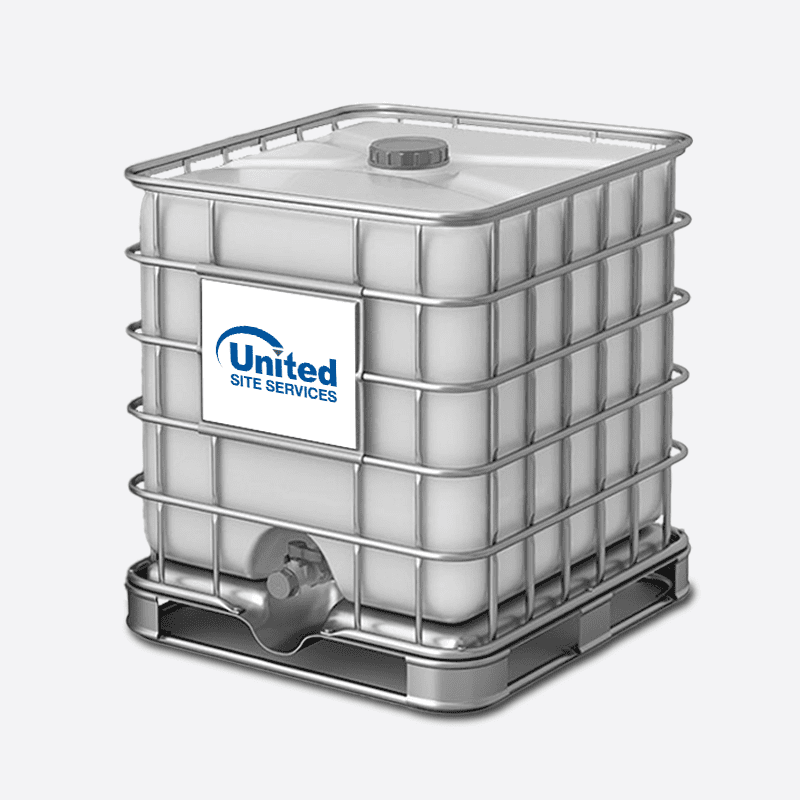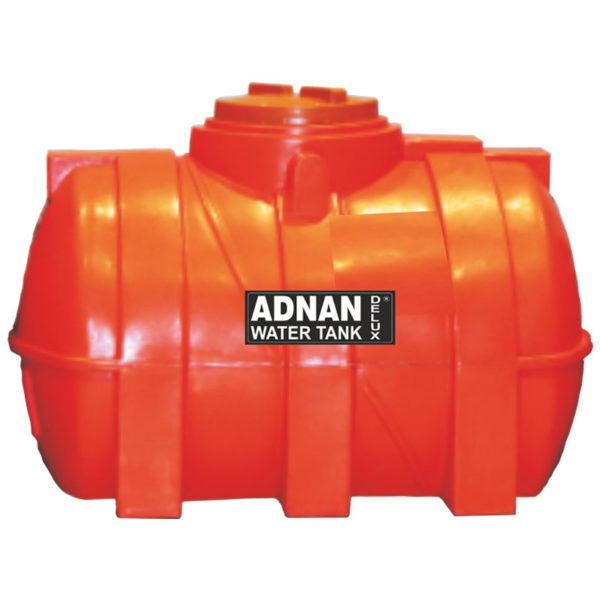Introduction
A water tank is a container for storing and holding water. For various purposes, such as storing water for household use, irrigation, or firefighting. Water tanks come in different sizes and materials, such as plastic, fiberglass, concrete, or steel, above or below ground. They are an essential component of water storage and management systems in both urban and rural areas.
Water is a precious resource that is essential for life. In many parts of the world, access to clean and safe water is limited, which is why it is crucial to have a reliable and efficient system in place to ensure that water is readily available. One such system is a water tank, which serves as a storage solution for water. In this comprehensive guide, we will explore everything you need to know about water tanks. From their importance to the different types available, and we will explore how to choose the right one for your needs.
Part 1: The Importance of Water Tanks
Level 1: Water Security
Water tanks play a vital role in ensuring water security by providing a reliable supply of water for various purposes, including drinking, agriculture, and industrial use.
Level 2: Disaster Preparedness
Water tanks are also crucial for disaster preparedness, as they can provide a reserve of water in the event of natural disasters or emergencies that disrupt regular water supply.
Part 2: Types of Water Tanks
Level 1: Materials
Water tanks come in various materials, including polyethylene, fiberglass, concrete, and steel, each with its own advantages and disadvantages in terms of durability, cost, and suitability for different applications.
Level 2: Sizes and Shapes
Water tanks are available in a range of sizes and shapes to accommodate different storage needs, from small, above-ground tanks for residential use to large, underground tanks for commercial and industrial use.
Part 3: Choosing the Right Water Tank
Level 1: Considerations
When choosing a water tank, it is important to consider factors such as the available space, intended use, water quality, maintenance requirements, and local regulations to ensure that the tank meets your specific needs.
Level 2: Environmental Impact
It is also important to consider the environmental impact of the water tank, including its energy efficiency, recyclability, and potential for rainwater harvesting and water conservation.
Part 4: Installing and Maintaining a Water Tank
Level 1: Installation
Proper installation of a water tank is essential to ensure its longevity and performance, and may require professional assistance depending on the size and type of tank.
Level 2: Maintenance
Regular maintenance, including cleaning, inspection, and repairs, is crucial for the optimal functioning of a water tank and to prevent contamination and deterioration of the water supply.
Part 5: Benefits of Water Tanks
Level 1: Water Conservation
Water tanks promote water conservation by capturing and storing rainwater for later use. Reducing reliance on municipal water supply and lowering water bills.
Level 2: Sustainability
Using water tanks for water storage promotes sustainability and reduces the strain on natural water sources. And contributing to a more sustainable and eco-friendly water management system.
Part 6: Importance of Regular Maintenance for Water Tanks
Water tanks are an essential component of any water supply system. It’s crucial to ensure that they are well-maintained to ensure the quality and safety of the water they store. Regular maintenance of water tanks is essential to prevent contamination and ensure the efficient functioning of the tank.
One of the primary reasons for regular maintenance is to prevent the build-up of sediment and bacteria in the tank. Over time, sediment can accumulate at the bottom of the tank, creating an ideal environment for bacteria to grow and flourish. This can lead to contamination of the water and potential health risks for those consuming it. Regular cleaning and inspection of the tank can help prevent this build-up and ensure that the water remains safe for use.
In addition to preventing contamination, regular maintenance can also help ensure the structural integrity of the tank. Over time, corrosion or damage to the tank’s walls can occur, which can lead to leaks and other issues. Regular maintenance also helps to extend the life of the water tank. Saving money on costly repairs or replacements in the long run. By keeping the tank clean and well-maintained, it can continue to function efficiently and effectively for many years.
In conclusion, regular maintenance of water tanks is essential for preventing contamination. Ensuring structural integrity, and extending the life of the tank. By conducting regular inspections, cleaning, and repairs, water quality can be maintained, and the efficiency of the water supply system can be ensured.
Part 7: Types of Water Tanks for Different Applications
Water tanks come in various types and sizes to suit different applications and requirements. Choosing the right type of water tank is essential to ensure that it meets the specific needs of the user and provides the best possible storage solution. Here are some common types of water tanks and their applications:
- Plastic water tanks: Plastic tanks are a popular choice for residential, agricultural, and commercial applications due to their durability, lightweight, and cost-effectiveness. They are available in various sizes and shapes, making them suitable for a wide range of uses.
- Steel water tanks: Steel tanks for their strength and durability, are making them suitable for industrial, commercial, and municipal applications. They can withstand extreme weather conditions and are often used for storing large volumes of water.
- Fiberglass water tanks: Fiberglass tanks are lightweight, durable, and resistant to corrosion, making them an excellent choice for underground or above-ground storage. They are in industrial and commercial settings.
- Concrete water tanks: Concrete tanks are ideal for large-scale water storage applications, such as municipal water supply, agricultural irrigation, and firefighting. They are durable, long-lasting, and can meet specific size and capacity requirements.
- Bladder water tanks: Bladder tanks are a flexible and portable storage solution in remote or temporary locations where a permanent tank is not feasible. They are easy to transport, set up, and store, making them an excellent choice for emergency water supply or construction sites.
In conclusion, there are various types of water tanks available to meet different applications, and choosing the right type is crucial to ensure that it meets the specific needs and requirements of the user.
Part 8: Factors to Consider When Choosing a Water Tank
Choosing the right water tank is crucial to ensure that it meets the specific needs and requirements of the user. There are several factors to consider when selecting a water tank, including size, material, capacity, location, and cost. By carefully considering these factors, the user can choose the best water tank for their application and ensure reliable and efficient water storage.
Size: The size of the water tank should be based on the amount of water that needs to be stored and the available space for installation. It’s essential to consider the dimensions of the tank and ensure that it can fit in the desired location without any issues.
Material: Water tanks are available in various materials, including plastic, steel, fiberglass, and concrete. The choice of material should be based on factors such as durability, cost, maintenance requirements, and specific application needs.
Capacity: The capacity of the water tank should be chosen based on the water usage requirements and the frequency of refilling. It’s essential to choose a tank with the right capacity to ensure an adequate supply of water without wastage or shortages.
Location: The location of the water tank is essential to ensure easy access for maintenance, refilling, and distribution of water. Factors such as ground stability, space availability, and proximity to water sources should be considered when choosing the location for the tank.
Cost: The cost of the water tank should be considered in conjunction with the quality, durability, and long-term maintenance requirements. It’s essential to choose a tank that provides the best value for money and ensures reliable and efficient water storage.
Conclusion
In conclusion, choosing the right water tank involves careful consideration of factors such as size, material, capacity, location, and cost. By selecting a tank that meets the specific needs and requirements. The user can ensure reliable and efficient water storage for their application.
Water tanks are an essential component of a reliable and efficient water supply system, providing water security, disaster preparedness, and water conservation benefits. By understanding the importance of water tanks, the different types available, and how to choose, install, and maintain them. Individuals and businesses can ensure a dependable supply of clean and safe water for various needs. Whether for residential, commercial, or industrial use, water tanks are a valuable investment in water security and sustainability.










